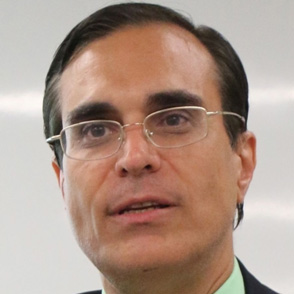Big Chronology of Life on Earth
by Lifeboat Foundation Advisory Board member José Luis Cordeiro.“Two possibilities exist: Either we are alone in the universe or we are not, both are equally terrifying.”
Sir Arthur C. Clarke, 1962
“Live long and prosper.
yIn nI’ yISIQ ‘ej yIchep (Klingon pronunciation).
dif-tor heh smusma (Vulcan pronunciation).”
Commander Spock from Vulcan in the Spaceship USS Enterprise, 2260
Overview
To put into perspective a complete chronology and evolution of life on our tiny planet Earth, I summarize here what I consider the most relevant information from the very distant past to our immediate future. The objective is to reach a better understanding about the long-term evolution of life, including the power of exponential changes.Big History is a new discipline that allows us to analyze with a multidisciplinary focus the way events follow each other throughout time. Starting with a huge time scale from the faraway past to the present, we can see that there is an acceleration of the speed of changes, that should continue now thanks to exponential technologies. My great futurist friend Ray Kurzweil, in his best-seller The Singularity is Near, does a good job explaining the acceleration of these changes, and that is why I use some of his predictions to the end of the 21st Century.
Interested readers are invited to contact me directly to continue making this chronology better in the future. All comments are more than welcome, and you can find more information about my book (with my great British co-author David Wood) here.
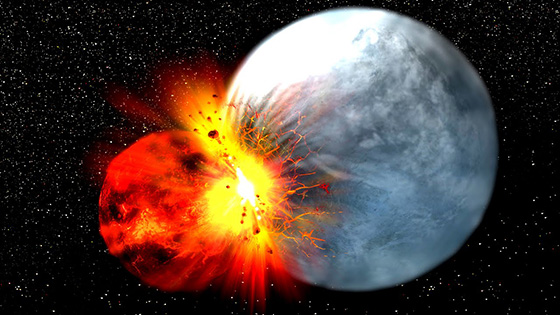 Formation of the Moon
Formation of the Moon
Lascaux Cave Paintings
|
|
||
| Rock paintings appear, symbols of deities, fertility, and death | ||
| Lighter skin evolution due to migration to regions with less solar exposure | ||
| < 5,000 BC | Neolithic proto-writing appears | |
| < 4,000 BC | Possible invention of the wheel in Mesopotamia | |
| < 3,500 BC | Egyptians invent hieroglyphs and Sumerians cuneiform writing | |
| < 3,300 BC | Documented use of herbology and physiotherapy in China and Egypt | |
| < 3,000 BC | Papyrus was invented in Egypt and clay tablets were invented in Mesopotamia | |
| < 2,800 BC | Chinese emperor Shennong compiles a text with acupuncture techniques | |
| < 2.600 BC | Imhotep, priest and doctor, is considered the God of Medicine in Egypt | |
| < 2,500 BC | Documented use of Ayurveda medicine in India | |
| < 2,000 BC | The Code of Hammurabi establishes rules to exercise medicine in Babylon | |
| 650 BC | Assurbanipal compiles 800 tablets about medicine in the library of Nineveh | |
| 450 BC | Xenophanes of Colophon examines fossils and speculates about the evolution of life | |
| 420 BC | Hippocrates writes the Hippocratic Treaties and creates the Hippocratic oath | |
| 350 BC | Aristotle writes about evolutionary biology and tries to classify animals | |
| 300 BC | Herophilos of Chalcedon makes medical dissections on humans | |
| 100 BC | Asclepiades of Bithynia imports Greek medicine to Rome and funds the Methodic School | |
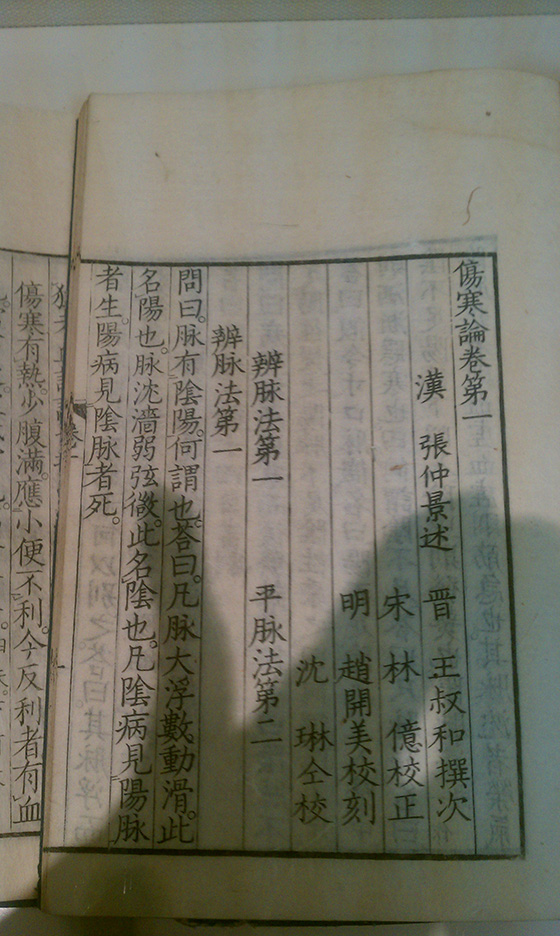 Shanghan Lun (Treatise on Cold Damage Disorders)
Shanghan Lun (Treatise on Cold Damage Disorders)|
|
||
| Greek doctor Galen of Pergamon studies the connection between paralysis and the spinal cord | ||
| 219 AD | Zhang Zhongjing publishes the Shanghan Lun (Treatise on Cold Damage Disorders) in China | |
| Foundation of a school of tribal medicine in Monte Alban, Mexico | ||
| 390 AD | Oribasius of Pergamon compiles the Medical Collections in Constantinople | |
| First Christian hospital founded by Saint Fabiola in Rome | ||
| 630 AD | Isidore of Seville compiles his great work The Etymologies | |
| Persian doctor Ali ibn Sahl Rabban al-Tabari writes a medical encyclopedia in Arab | ||
| 910 AD | Persian doctor Rasis identifies the difference between smallpox and measles | |
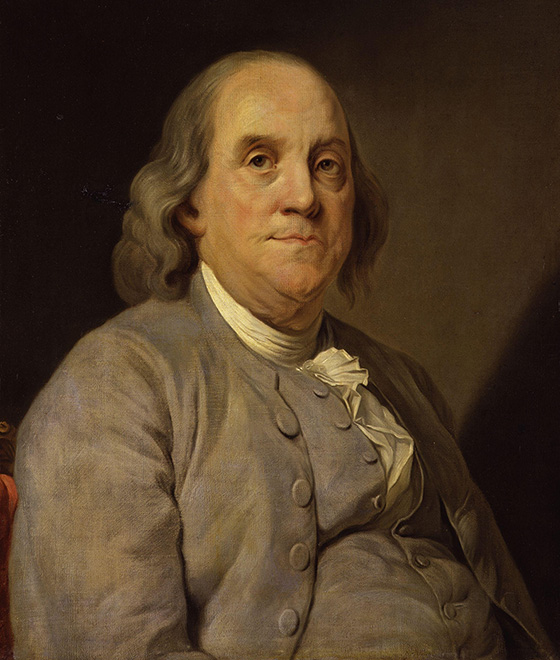
Benjamin Franklin wrote about curing aging and human preservation
|
|
||
| 1030 | Persian polymath Avicenna writes the Canon of Medicine that would be used until the 18th Century | |
| 1204 | Pope Innocent III organizes the first Holy Spirit hospital in Rome | |
| 1403 | Quarantine against the Black Death pandemic in Venice (after already killing millions in Europe) | |
| 1541 | Swiss doctor Paracelsus made great progress in medicine (surgery and toxicology) | |
| 1553 | Spanish doctor Miguel Servet studies pulmonary circulation (and burnt at the stake for heresy) | |
| 1590 | Microscope is invented in the Netherlands and makes medicine move forward faster | |
| 1665 | English scientist Robert Hooke uses the microscope to identify cells (and popularizes that name) | |
| 1675 | Dutch scientist Anton van Leeuwenhoek starts microbiology with microscopes | |
| 1774 | English scientist Joseph Priestley discovers oxygen and starts modern chemistry | |
| 1780 | US polymath Benjamin Franklin writes about curing aging and human preservation | |
| 1796 | English doctor Edward Jenner develops the first effective vaccine against smallpox | |
| 1798 | English scholar Thomas Malthus argues about food production and human overpopulation | |

High fashion when the world population hit one billion people in 1804
|
|
||
| 1804 | Global population reaches 1,000,000,000 people | |
| 1804 | French doctor René Laennec invents the stethoscope | |
| 1809 | French scientist Jean-Baptiste Lamarck proposes the first theory of evolution | |
| 1818 | English doctor James Blundell performs the first successful blood transfusion | |
| 1828 | German scientist Christian Ehrenberg coins the word bacterium (“cane” in Greek) | |
| 1842 | US doctor Crawford Long accomplishes the first surgery with anesthesia | |
| 1858 | German doctor Rudolf Virchow publishes his cell theory | |
| 1859 | English scientist Charles Darwin publishes The Origin of Species by Means of Natural Selection in London | |
| 1865 | Austrian monk Gregor Mendel discovers the laws of genetics | |
| 1869 | Swiss doctor Friedrich Miescher identifies DNA for the first time | |
| 1870 | Scientists Louis Pasteur and Robert Koch publish the microbial theory of infections | |
| 1882 | French scientist Louis Pasteur develops a vaccine against rabies | |
| 1890 | Walter Flemming and others describe the chromosome distribution during cellular division | |
| 1892 | German biologist August Weismann proposes the “immortality” of germ cells | |
| 1895 | German physicist Wilhelm Conrad Röntgen discovers X-rays and their medical uses | |
| 1896 | French physicist Antoine Henri Becquerel discovers radioactivity | |
| 1898 | Dutch scientist Martinus Beijerinck discovers the first virus and starts virology | |
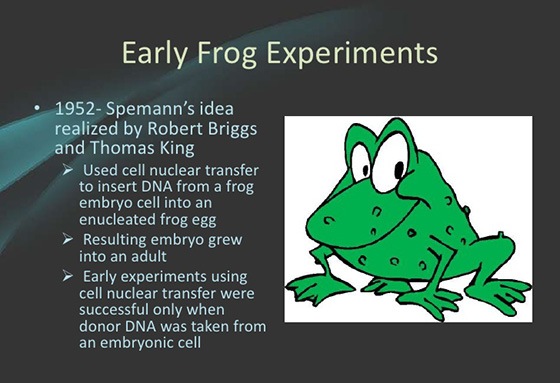
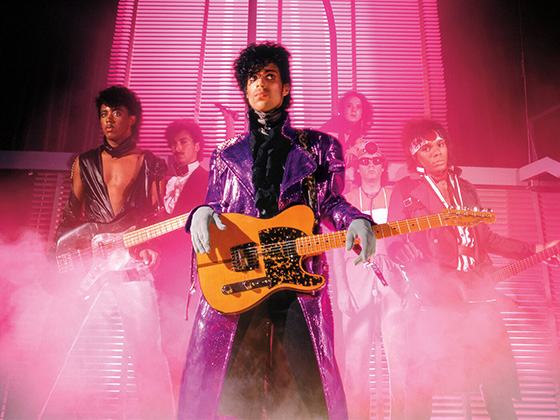
World Population hit 6 billion in 1999 (Prince 1999 video)
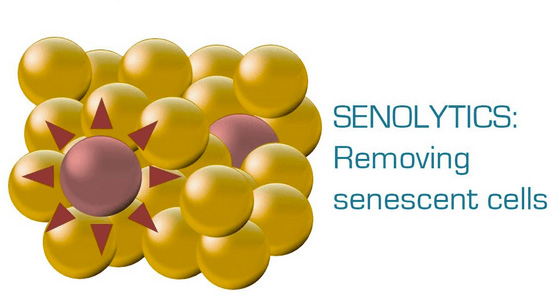
|
|
||
| 2001 | US scientist Craig Venter announces his sequence of the human genome (based on his own) | |
| 2002 | First artificial virus (polio virus) is completely created by scientists | |
| 2003 | Human Genome Project ends officially, with both public and private participation and projects | |
| 2003 | English scientist Aubrey de Grey and his colleagues create the Methuselah Foundation | |
| 2004 | SARS epidemy is contained a year after its start (genome sequenced in days) | |
| 2006 | Japanese scientist Shinya Yamanaka generates induced pluripotent stem cells in Kyoto | |
| 2008 | Spanish biologist María Blasco announces the life extension of mice at CNIO in Madrid | |
| 2009 | English scientist Aubrey de Grey and his colleagues create the SENS Research Foundation | |
| 2009 | Nobel Prize on Physiology and Medicine for studies on telomeres and telomerase | |
| 2010s | First Bridge towards indefinite lifespans using current technologies (Ray Kurzweil) | |
| 2010 | US scientist Craig Venter announces the creation of the first artificial bacterium (Synthia) | |
| 2010 | Nobel Prize on Physiology and Medicine for the development of in vitro fertilization | |
| 2011 | Global population reaches 7,000,000,000 people | |
| 2011 | French researches achieve the rejuvenation of human cells “in vitro” | |
| 2012 | Nobel Prize on Physiology and Medicine for cloning and cell reprogramming (pluripotent cells) | |
| 2013 | First rat kidney produced “in vitro” in the USA | |
| 2013 | First human liver produced with stem cells in Japan | |
| 2013 | Google announces the creation of Calico (California Life Company) to cure aging | |
| 2014 | IBM expands the use of its intelligent medical system called Doctor Watson | |
| 2014 | Korean-American doctor Joon Yun creates the Palo Alto Longevity Prize | |
| 2015 | First experimental vaccine against the virus of Ebola hemorrhagic fever | |
| 2016 | Facebook chairman Mark Zuckerberg announces that it will be possible to cure “all diseases” | |
| 2016 | Microsoft scientists announce that they should be able to cure cancer within 10 years | |
| 2017 | Spanish scientist Juan Carlos Izpisúa announces that he has been able to rejuvenate mice 40% | |
| 2018 | First commercial treatment with gene therapy using CRISPR | |
| 2018 | Birth of first CRISPR babies to avoid HIV infections in China | |
| 2019 | FDA approval of the first senolytics treatments for life extension | |
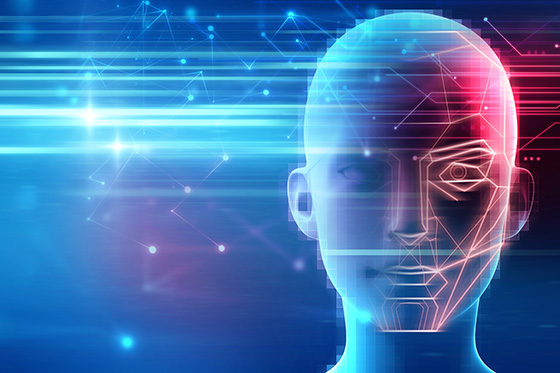
Our Ray Kurzweil predicts that an AI will pass the Turing test in 2029
|
|
||
| 2020s | Second Bridge towards indefinite lifespans using biotechnology (Ray Kurzweil) | |
| 2020s | Worldwide eradication of poliomyelitis | |
| 2020s | Worldwide eradication of measles | |
| 2020s | Vaccine against malaria | |
| 2020s | Vaccine against HIV | |
| 2020s | Cure for the majority of cancers | |
| 2020s | Cure for Parkinson’s disease | |
| 2020s | 3D bioprinting of simple human organs | |
| 2020s | Commercial cloning of human organs with own cells from patients | |
| 2020s | Beginning of commercial rejuvenation treatments with stem cells and telomerase | |
| 2020s | AI and robot doctors complement and supplement human doctors | |
| 2020s | Telemedicine spreads worldwide | |
| 2020s | First manned trips to Mars (Elon Musk) | |
| 2025 | Molecular assemblers (nanotechnology) are possible (Ray Kurzweil) | |
| 2023 | Global population reaches 8,000,000,000 people according to the United Nations | |
| 2026 | Global population reaches 8,000,000,000 people according to the US Census Bureau | |
| 2029 | Longevity escape velocity is reached (Ray Kurzweil) | |
| 2029 | An advanced AI finally passes Alan Turing’s test (Ray Kurzweil) | |
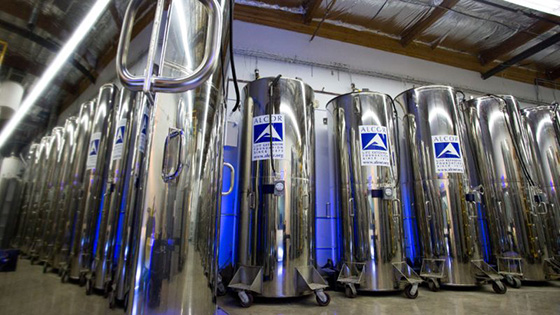
Ray Kurzweil predicts that cryopreserved patients will be reanimated in the 2050s
|
|
||
| 2030s | Third Bridge towards indefinite lifespans using nanotechnology (Ray Kurzweil) | |
| 2030s | Cure for Alzheimer’s disease | |
| 2030s | Worldwide eradication of malaria | |
| 2030s | Worldwide eradication of HIV | |
| 2030s | Consolidation of the first human colony in Mars (Elon Musk) | |
| 2037 | Global population reaches 9,000,000,000 people according to the United Nations | |
| 2039 | Mental transfer from brain to brain becomes possible (Ray Kurzweil) | |
| 2040s | Fourth Bridge towards indefinite lifespans and immortality using AI (Ray Kurzweil) | |
| 2040s | Interplanetary Internet connects to Earth, Moon, Mars, and spaceships | |
| 2042 | Global population reaches 9,000,000,000 people according to the US Census Bureau | |
| 2045 | Aging is cured and death becomes optional (Ray Kurzweil) | |
| 2045 | The Singularity: AI surpasses all human intelligence (Ray Kurzweil) | |
| 2049 | Distinction between reality and virtual reality disappears (Ray Kurzweil) | |
| 2050 | Humanoid robots win English football cup (British Telecom) | |
| 2050s | First reanimations of cryopreserved patients (Ray Kurzweil) | |
| 2072 | Picotechnology starts (pico is one thousand times smaller than nano, Ray Kurzweil) | |
| 2099 | Femtotechnology starts (femto one thousand times smaller than pico, Ray Kurzweil) | |
| 2099 | Lifespan becomes irrelevant in a world of “amortality” | |
José Luis Cordeiro, MBA, PhD is an international fellow of the World Academy of Art and Science (WAAS), executive director of the Ibero-American Futurists Network (RIBER), director of The Millennium Project, vicechair of HumanityPlus (H+), and former director of the Club of Rome (Venezuela Chapter), the World Transhumanist Association (WTA), and the Extropy Institute (ExI). He has also been invited faculty at prestigious institutions like the Institute of Developing Economies IDE — JETRO in Tokyo, Japan, the Monterrey Institute of Technology in Mexico, Singularity University (SU) at NASA Ames in Silicon Valley, California, the Moscow Institute of Physics and Technology (MIPT) and the Higher School of Economics (HSE) in Russia.
José Luis studied engineering at the Massachusetts Institute of Technology (MIT) in Cambridge, MA, economics at Georgetown University in Washington, DC, management at the European Business School INSEAD in Fontainebleau, France, and science at Universidad Simon Bolivar (USB) in Caracas, Venezuela. He is a leading international expert on technological change and future trends. He has published more than 10 books in 5 languages and appeared in programs with the BBC, CNN, Discovery Channel, and History Channel, among many international media interviews. His recent book La muerte de la muerte has become an international best-seller in Spain and Latin America, published by Editorial Planeta in Madrid, Spain, with coauthor David Wood and prologue by Aubrey de Grey. He is a lifetime member of the Sigma Xi (ΣΞ), Tau Beta Pi (ΤΒΠ), and Beta Gamma Sigma (ΒΓΣ) honor societies.
